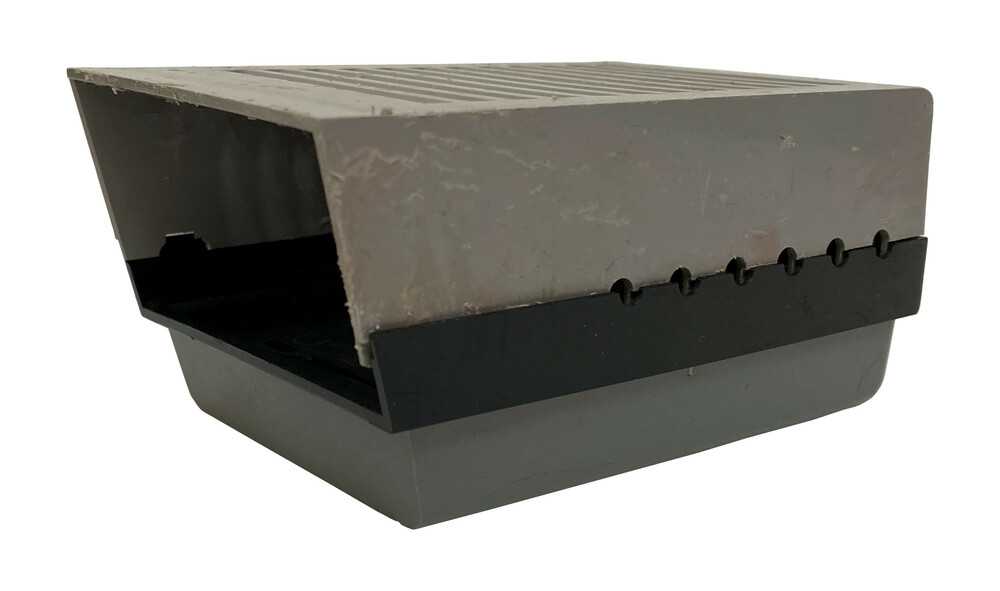Sinclair Microvision Prototype Case
| Home > Browse Our Collection > Miscellaneous > Sinclair Microvision Prototype Case |
|
Sinclair Radionics began working on a micro television in the early 1960s. However the difficulty lay with finding a miniature cathode ray tube (CRT) as liquid crystal displays (LCD) were not invented until the 1970s. After a trip to Asia, Clive Sinclair found the miniature CRTs from Hitachi that allowed Sinclair Radionics to develop a miniature television set by 1966. The Microvision prototype was displayed at the 1966 Radio and Television Show at Earl's Court, London. Adverts for the television boast that the "fantastic British set tunes over 13 channels on bands 1 and 3, operates from six self-contained "Penlite" batteries and measures only 4in x 2.5 in. Despite the minute proportions of this 30 transistor receiver, quality from the exclusively designed tube and loudspeaker is superb. This amazing Sinclair triumph will be available early in 1967 at a cost of 49 gns." However, this prototype never made it into production as it provided too difficult to manufacture, test, service and repair. Technology had also improved, and Sinclair Radionics would not release the Microvision until 1978. This object in our collection is the plastic casing for the 1966 model of the Microvision, and was donated by Chris Wilding, a former employee of Sinclair Radionics. Date : 1966Manufacturer : Sinclair Radionics Physical Description : Plastic casing This exhibit has a reference ID of CH70710. Please quote this reference ID in any communication with the Centre for Computing History. |
|










